
As the French mecca of bouldering is grappling with overtourism, a new study aims to understand climbing's impact on Fontainebleau
Bas Cuvier on a busy holiday weekend. You circle the car park a few times before somebody finally leaves, and you can grab their space. On the walk-in, you dodge the revolting garbage lining the path. With not a patch of moss or lichen in sight, the heat radiates off the bare rock and the gray swathes of sand among the most popular boulders. You take a turn to escape the beat blasting from a loudspeaker, only to walk into a bunch of cool kids with cigarettes—each one of them a forest fire waiting to happen. And when you finally make it to your project, the rock is polished to shit and covered in foot-long tick marks. If it could, it would surely cower away from the incessant onslaught of send-hungry climbers.
This is a very doom-and-gloom picture of one of the oldest crags in Fontainebleau, but, unfortunately, one not too far from reality. And while I like to think that the unsanitary litter of Cuvier is rarely left there by climbers, we are undeniably responsible for much of the sector's overtourism-related problems. Perhaps we could also become the solution.
Walk less than a mile in almost any direction from Bas Cuvier and tranquility is as abundant as the litter is sparse. Yet it remains a fact that Cuvier itself is, at least in some sense, lost. The impact of hundreds of thousands of trampling feet, and crash pads dragged mindlessly to and fro has destroyed the vegetation that stabilises the top layer of the forest floor. Without its support, both trees and boulders face instability. Exposed roots make trees vulnerable to disease and drought, and humus—the accumulation of nutrient-rich plant debris—has been all but dislodged. In a healthy coniferous ecosystem, this layer of the forest floor is home to countless species of plants, insects, and other small animals. But it is no longer the case in the so-called dead-soil zones of Bas Cuvier, Sabots, and lower Isatis; here, biodiversity has collapsed under the pressure of tourist traffic. Where there used to be greenery, now loom vast swathes of desert-like landscape. Where there was lichen, chalk marks stain the rock.
In parts of the forest, the layer of sand beneath its floor is as deep as seventy meters, deposited there by a tropical sea which covered the area 33 million years ago. Today, after the Paris Basin rose above the sea level and Ice Age glaciers compacted the sand, it is held in place by a solid sandstone crust. Where it crumbled away, pieces of rock, exposed for millennia to the elements, became the boulders we love. Between them, dense vegetation should bind the sand into soil. But unfortunately, this delicate organic matter can't withstand increased tourist traffic — now as many as 17 million annual visits to the forest, which makes it more popular than Disneyland Paris.
The National Forestry Office, aided by volunteers, fights soil erosion with fences and stabilising structures. It is but a drop in the ocean of needs, and there's not enough funding to expand the programme. It is only nature's own ability to persevere that offers some hope: during the pandemic, when the forest was closed to the public, barren areas of sand gradually became bright green again. Perhaps under proper management, the Forest of Fontainebleau could be saved from becoming a victim of its own popularity.
Unfortunately, the task is neither easy nor cheap. Successful management usually coincides with opportunities for profit, and the Forest of Fontainebleau has not been profitable in a long time. In the past, it was the site of large-scale exploitation of sand, sandstone, and timber, but after the role of industry fell away, most of its present-day income comes from hunting permits. And, although the ubiquitous maritime and sylvestris pines of Fontainebleau are extremely robust species, climate change has contributed to a drop in their profitability.*
Somewhat counterintuitively, pines are by no means native to the area and large-scale planting was only introduced at the beginning of the 19th century. Prior to that, the Fontainebleau Forest was characterised by large open spaces populated mostly by ferns and heather. It was that expansive landscape that inspired impressionist painters such as Millet, Doubigny, and Renoir. It was thanks to their intervention that, in 1853, parts of the forest were declared an "artistic reserve". Although motivated more by artistic sensibilities than concern for biodiversity, Fontainebleau became the world's first nature reserve, predating both Yellowstone and Yosemite. Back then, it was at the cutting edge of balancing development and conservation; now it trails behind.
"Nobody could foresee what's happening here today," says Gaetane Potard, a former National Forestry Office employee turned outdoor-sports and biodiversity consultant. A friend of mine and an avid climber, Gaetane works as part of a steering committee undertaking a study on the economic impact of bouldering in the Fontainebleau Forest. Commissioned by a consortium of local stakeholders (departmental and regional authorities, as well as the Forestry Office), the study hopes to reveal data crucial for the future management and protection of the forest.
Not long ago, climbers barely registered on the radar of local authorities. When Belgian route setter Jan de Smit first set foot in Fontainebleau in the 1980s, the forest and its community were a completely different world.
"In the early nineties, in all of Belgium, there were about five of us who started regularly coming to Bleau," recalls Jan. "We would drive our cars into Franchard and Apremont. We slept among the boulders. Even on the busiest weekends, there were never more than ten cars at the most popular car parks. And there was no van life back then."
Van life since became another challenge that Fontainebleau had to contend with. Seeking affordable accommodation and proximity to nature, climbers increasingly started occupying car parks overnight. Larchant, Isatis, and Croix Saint Jerome were all overflowing, with vehicles often blocking emergency access. Light and noise pollution—as well as human waste—became a considerable disturbance to nature and local residents. Attempts by the National Forestry Office to communicate rules—no fires or smoking, no using the forest edge as toilets, etc.—proved insufficient. In 2023, radical measures were taken and parking between 22:00 and 06:00 was forbidden under the penalty of a €1,500 fine. Many climbers expressed their outrage at this curbing of their freedom, but the benefits soon became clear. Unfortunately, disruption to wildlife still remains a problem, and balancing access with conservation is soon to be Fontainebleau's biggest challenge.

"Many species that could previously be seen in daylight are now becoming increasingly nocturnal. How often do you now see deer during the day?" asks Gaetane, then pointing out issues affecting, for example, bats and ground-nesting birds. "Bats cannot hunt very well if disturbed by light and noise, and the European nightjar, startled from its nest by a dog or walker, may abandon its offspring. With spring being the peak climbing season here, this is a real problem for breeding and nesting," adds Gaetane, who hopes that educating climbers could alleviate it.
In a time when bouldering was a niche within a niche, the impact of one or two cars, or a handful of climbers trampling on vegetation, was minimal. When Jan de Smit and his crew were making crash pads out of sofa foam and duct tape, there wasn't even a topo for the area. "We mostly stuck to circuits because we had no idea where other climbs were. The hors circuit blocks were still a new thing known only to the locals who put them up".
Today, Jan is a local veteran himself and author of some of the forest's hardest ascents, often seeking out remote and esoteric sectors. Another change he's seen is detailed GPS maps that can now be easily downloaded to anyone's phone. These unofficial, often crowd-sourced topos often include access routes to boulders located in sensitive zones designated as strict nature reserves. Crucial for biodiversity, these zones are often poorly marked and little information is available to the general public about why they should be avoided.

"Most people want to do the right thing and adhere to best practices, but they can't if there's no information", says Gaetane, ever optimistic about the climbing community's willingness to protect the forest. Today, bouldering in Fontainebleau must be viewed through the lens of mass tourism, with climbers estimated to make up the largest group of visitors. "To answer what's a sustainable practice, we have to think of a thousand people doing the same thing at the same time in roughly the same spot", says Gaetane.
The study of the impact of the climbing community—launched in October last year and continuing until December 2025—is an opportunity to create momentum and serve as a basis for future action. Even before the official analysis, survey responses already suggest that about half of the climbers in Fontainebleau come from abroad. It is findings like this that will hopefully help secure funding for educational campaigns and signage targeting non-French-speaking visitors, as well as other conservation initiatives.
Showing that climbers bring money to the area is the first step in mobilising authorities to protect the very thing that attracts them, but Gaetane objects to such crude simplification. "It's not that cynical; traditionally, none of the local authorities had any expertise in climbing, which has suddenly become the biggest factor for visits. To act appropriately, they need an understanding of the practice, and that's what the study is about", she says, confidently balancing on a long rock ridge good three metres above the moss and ferns below.
We talk about the past and future of the forest while making our way through one of Fontainebleau's parcours montagne in Cuisinière: a 6-km path marked in red, winding through improbable rock formations. The experience is akin to scrambling in the Alps while enveloped by the lush greenery of ferns and pines. The first parcours montagnes of Fontainebleau were developed with training for the mountains in mind, but, much like bouldering, they can hold an allure of their own.
We spent three hours navigating the meandering trail, sweating under the August sun, and occasionally stopping to photograph the blossoming heather. Hopping on rocks located only a few hundred yards from some of the forest's most popular boulders, we saw not another soul during the entire outing. Surrounded by art-like sandstone and birdsong, we talked and scrambled. It was Fontainebleau at its purest — and if sustainable development efforts succeed, it has a chance to remain so.
To shape the future of sustainable climbing in Fontainebleau, take the survey here and make sure to share it with your Font-loving community and friends.
Full disclosure: The author of this article serves as an on-the-ground facilitator in the study that includes this survey.
*Hardwood species such as oak and beech were first planted in the area's lower altitudes around a thousand years ago. However, as they are not well suited to the rockier, higher parts of the forest, pines were introduced there in the 19th century.
- ARTICLE: Born to Climb Extract - Bleausarde with an E 7 Jul, 2022
- OPINION: Cutting-Edge Climbing or Insta-fame? 8 Jun, 2018



















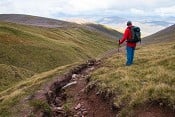
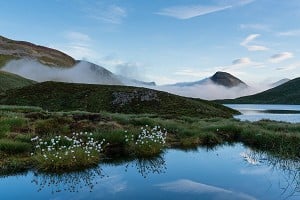
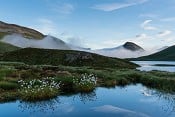
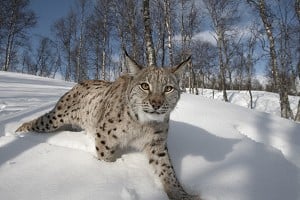
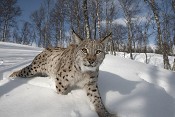
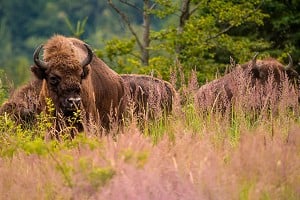
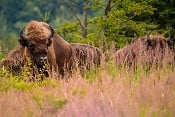
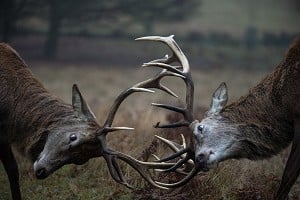

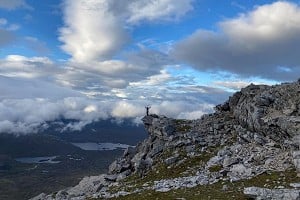
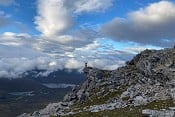
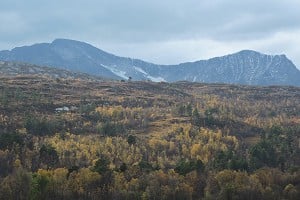
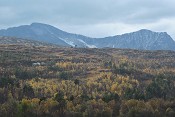
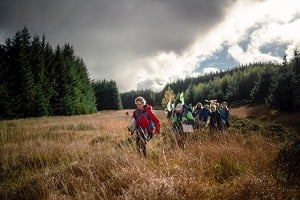
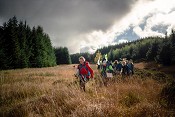
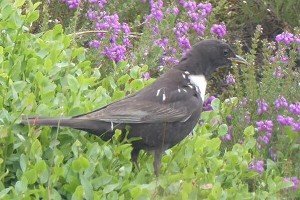
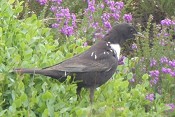


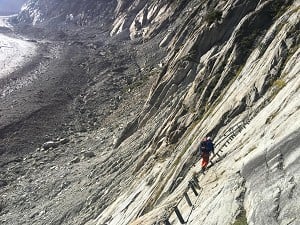







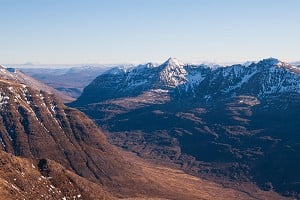
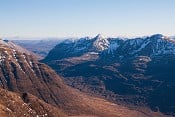












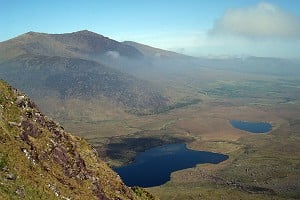
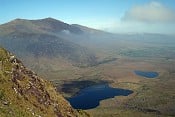


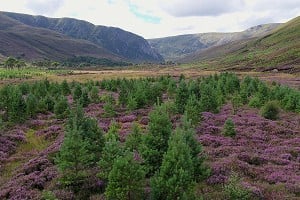
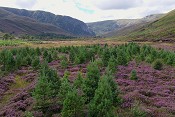


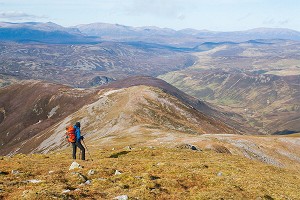

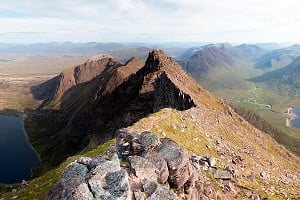
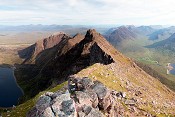
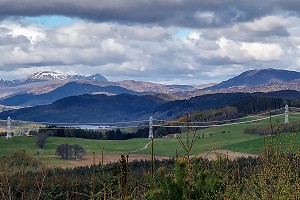
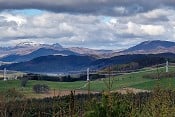
Comments
Golly, that's changed since 1986 :(
Cuvier has been overcrowded,unpleasant and overtouistised for a long time..at least 25 years....it is sadly nothing new.I have no idea why anybody bothers going to that part anymore.
This is sad to read. It's a long time since we visited Font. Beautiful photos and great writing.
Yes its been very busy recently. But I am not sure it quite fits with the hyperbole of the article that suggests the whole forest is completely trashed. And the author quietly admits that if you move 5-10 minutes from Bas Cuvier its peace and tranquillity again. Yes the climbers are trashing the place a bit, but their impact is very localised, they are not wrecking 1000 square kilometres.
Bas Cuvier isn't the best example, its one of the crags that are better suited to high volumes of traffic because the ground is comparatively flat. There are others where the erosion really is a massive problem. But of course every generation of climbers is subject to shifting baselines. Some of the sacrificial anode crags were already knackered when I first started going to font 20 years ago.
That said I am curious to hear what the potential solutions are to the impact of climbers. I always try and use minimal chalk and take any litter I find out with me (almost none usually) but I am still part of the hordes battering the place to bits. What more can I do? Apart from the obvious: don't go again.... But it needs to be realistic, an immaculate Fontainebleau with next to no climbers, hikers and horse riders isn't going to happen any time soon.
A bunch of easily accessible, world famous problems across a wide range of grades maybe?